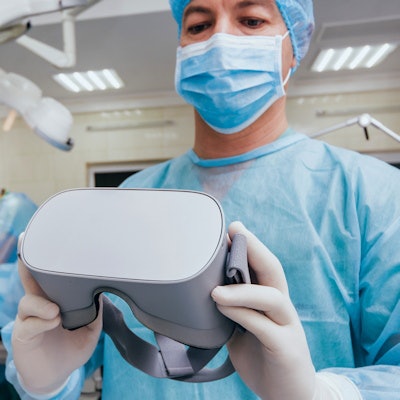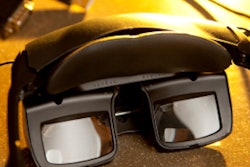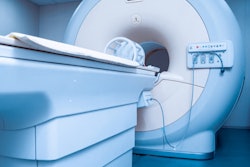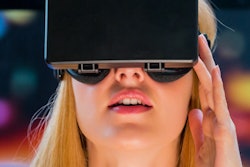
Having patients wear virtual reality goggles during their MRI exams could go a long way toward reducing their anxiety and claustrophobia during the scans, according to a study published August 11 in Scientific Reports.
And virtual reality could prove a rich resource not only for patients undergoing MRI exams for medical reasons but also for research in areas like functional MRI (fMRI), wrote a team led by Kun Qian, PhD, of King's College London.
"[Our] proposed system has both clinical applications for subjects who find MRI stressful ... and for neuroscience with (as yet untested) potential as a platform for a new generation of 'natural' fMRI experiments studying fundamental ... cognitive processes such as social communication," the group wrote.
Patient anxiety around MRI exams is real and must be addressed, the team noted, especially since that anxiety can negatively affect the exam. Imagers have experimented with a variety of techniques to assuage patient distress regarding MRI exams, from sedation or anesthesia to education in the form of written material or videos and even mock exams. But these tactics don't actually change the exam process, the authors noted.
That's why virtual reality technology shows such promise, according to Qian and colleagues. The group explored whether using a virtual reality headset during an MRI exam could help patients cope better with the experience.
The virtual reality headset is attached to a standard MRI head coil that is "light tight" so that study subjects can't see their surroundings. The headset is made of plastic, except for two MRI-compatible cameras, one for each eye; the headset is controlled by patients' gaze.
The headset prototype can immediately project content on an MRI-compatible screen beyond the head coil on the imaging table; in fact, it can begin doing this before the patient is in the scanner so that he or she doesn't see the MRI system at all, the group wrote.
As patients are being placed in the scanner, they are presented with a scene in which they are lying face up; their eye tracking is calibrated to the headset. Then the scene changes to simulate an upright position and the patient can choose content such as films or games as well as access a link that will connect them to the staff person performing the exam.
The study included one initial subject who helped the team calibrate the headset and 13 more subjects to test the calibration. All of these subjects were adults. The group then asked 22 more study participants, six of whom were children between the ages of seven and 11, to run through the virtual reality content and test the feasibility of gaze tracking for controlling the system. Subjects were in an MRI scanner, but no actual exams were performed.
The study participants were able to successfully finish test tasks that incorporated all aspects of the virtual reality system. No participants ended up asking for support from imaging staff, and none reported any motion sickness or headache.
"All of the participants gave verbal feedback that they were impressed and even shocked by the immersive experience achieved," Qian and colleagues wrote.
However, even with these initial successes, more research is necessary, according to the team.
"Clearly much more in-depth testing of the current system is needed, including proper integration with full MRI examinations and systematic studies with children," the authors concluded.




















